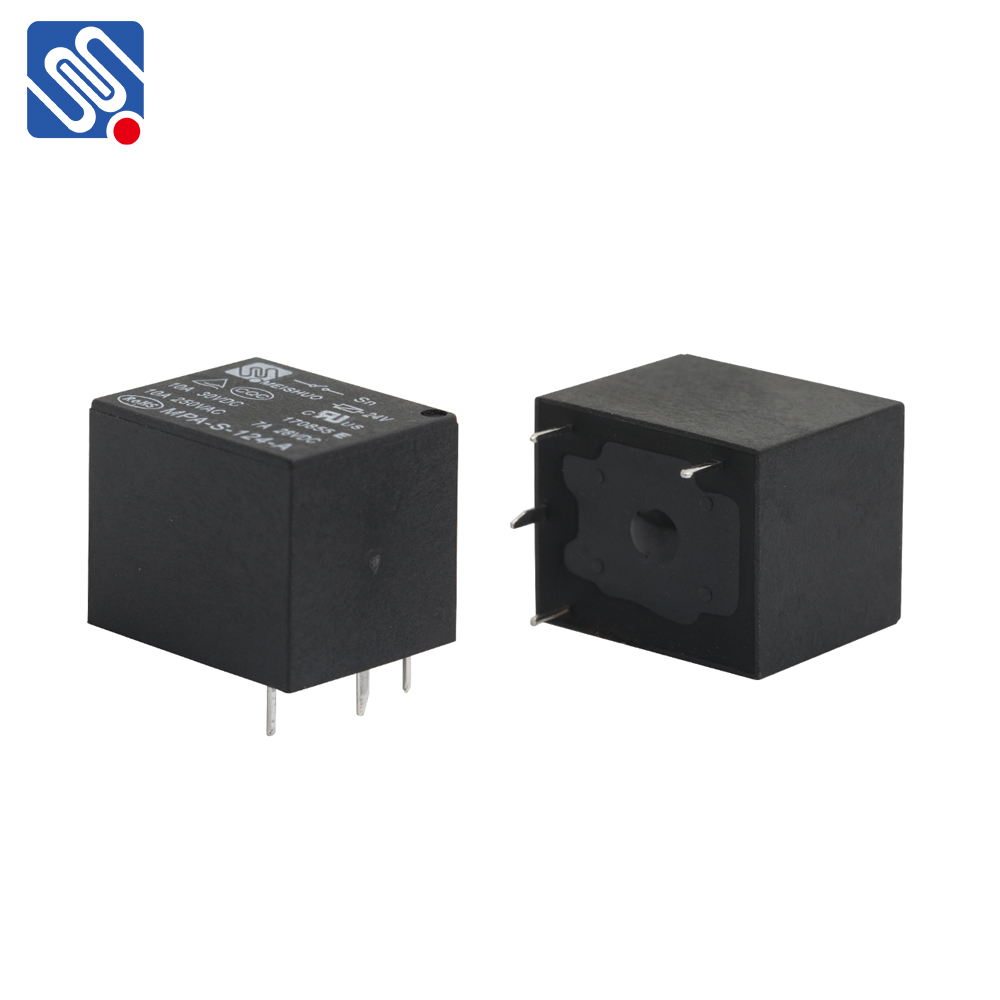Relays are fundamental components in many electrical and electronic circuits, allowing the control of high-power devices with low-power signals. One such relay is the 24V 10A relay, which is widely used for switching devices on and off in various applications. In this article, we will explore what a 24V 10A relay is, how it works, its applications, and why it is so popular in both commercial and industrial settings.

What is a 24V 10A Relay? A 24V 10A relay is an electromechanical switch that uses a 24-volt DC signal to control high-power AC or DC circuits. The key specifications of this relay are its 24-volt control voltage (24V DC) and its ability to handle a current of up to 10 amperes. It is often referred to as a “general-purpose relay” due to its versatility in switching various types of electrical loads. Relays, in general, consist of a coil, contacts, and a spring. When a current flows through the coil, it generates a magnetic field that pulls or releases a set of contacts. These contacts can either be normally open (NO) or normally closed (NC), which determines how the circuit behaves when the relay is energized or de-energized.